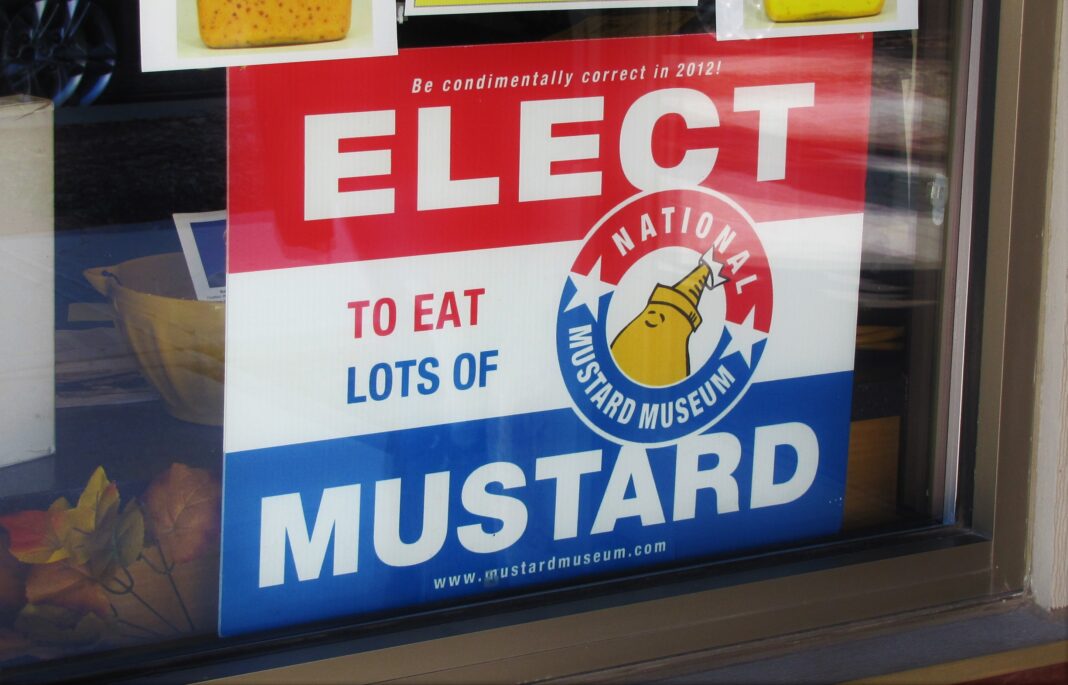Edibles & Potables is a Sunday morning repository for items that fall outside our Louisville metro coverage area.
A few months ago, I bookmarked a link to an article about a mustard shortage, spotlighting mustard from Dijon in France (or, more accurately, mustard produced in the Dijon style).
Why there’s no ‘Dijon’ in Dijon mustard, by Emily Monaco (BBC)
The truth is that while Dijon is in the mustard’s name, the product is – and always has been – rooted in the city’s surrounding countryside, where mustard production flourished in the decades that followed the condiment’s 1752 invention. Charcoal producers would sow mustard seeds in fields filled with coal residue, a natural fertiliser, and the resulting seeds, explained Marc Désarménien, CEO and third generation head of La Moutarderie Fallot, were sold to master moutardiers in Dijon or Beaune.
More recently came another reference to Dijon mustard, this time focusing on an artisanal mustard maker.
The Last Mustard Maker in Dijon: Nicolas Charvy is bringing a culinary art back to its ancestral home, by Emily Monaco (Gastro Obscura)
(Nicolas) Charvy is the latest in a long line of local mustard makers in Dijon, a status first protected here in the 1600s. Following the 2009 closure of the Amora-Maille factory, he also became the last.
Then it struck me: Emily Monaco wrote both articles, which are not situated behind paywalls and will be of interest to anyone who cares about mustard (as an aside, a trip to The Irish Rover yesterday provided me with the opportunity to slather my Scotch egg with Colman’s).
Monaco’s homepage and blog (Tomato Kumato) are worth a look, too, and if you ever find yourself in Middleton, Wisconsin (a few miles from downtown Madison), check out the marvelous National Mustard Museum (today’s cover photo credit from my collection).
It’s where thousands of mustard enthusiasts each year leave those ketchup-eaters at the pass, and reach the summit of mustard love at the Mustard Museum.























